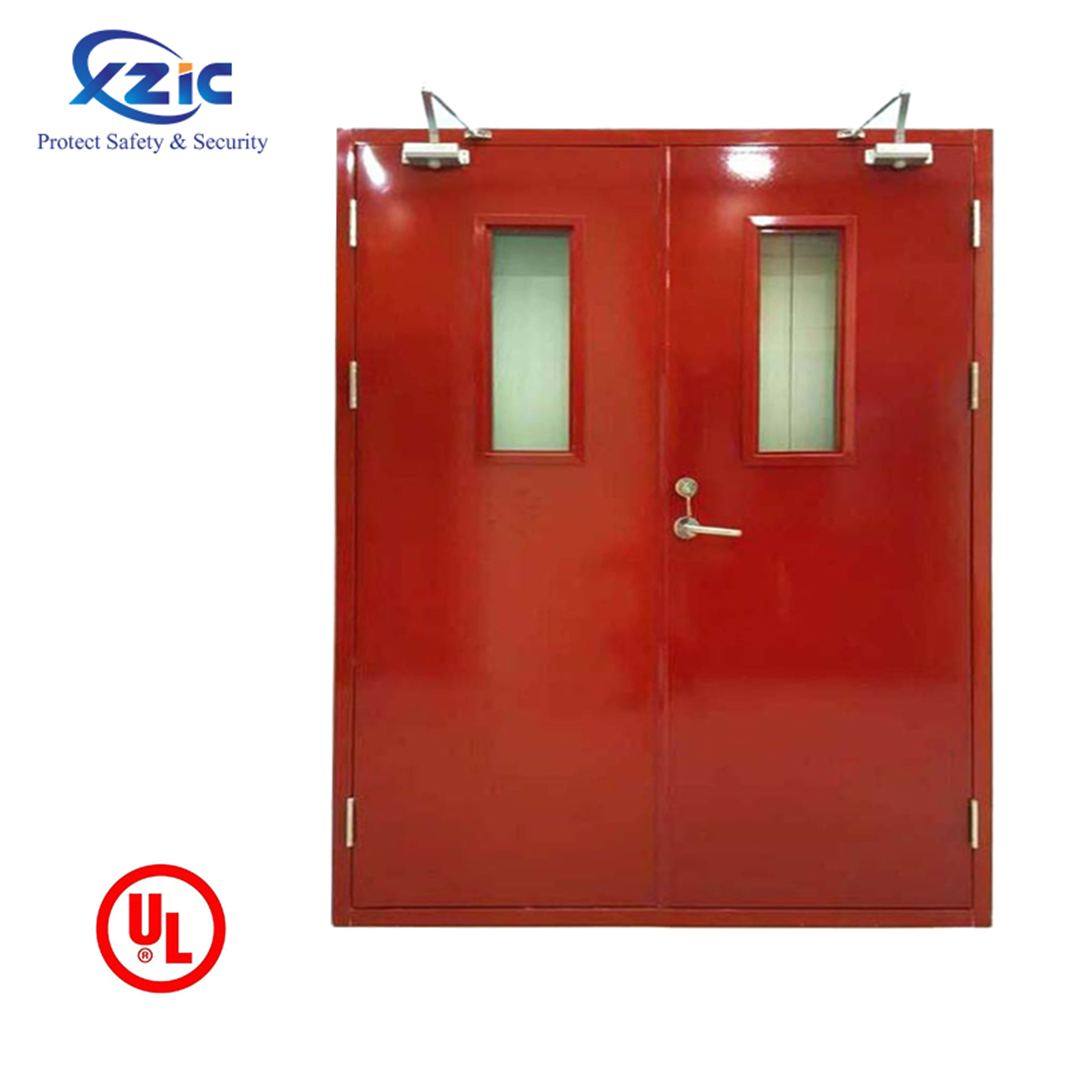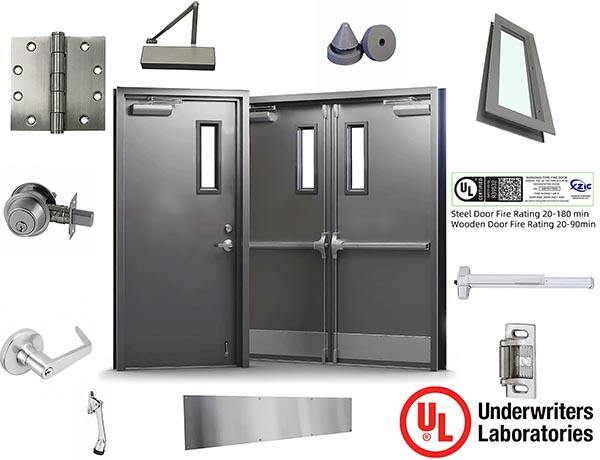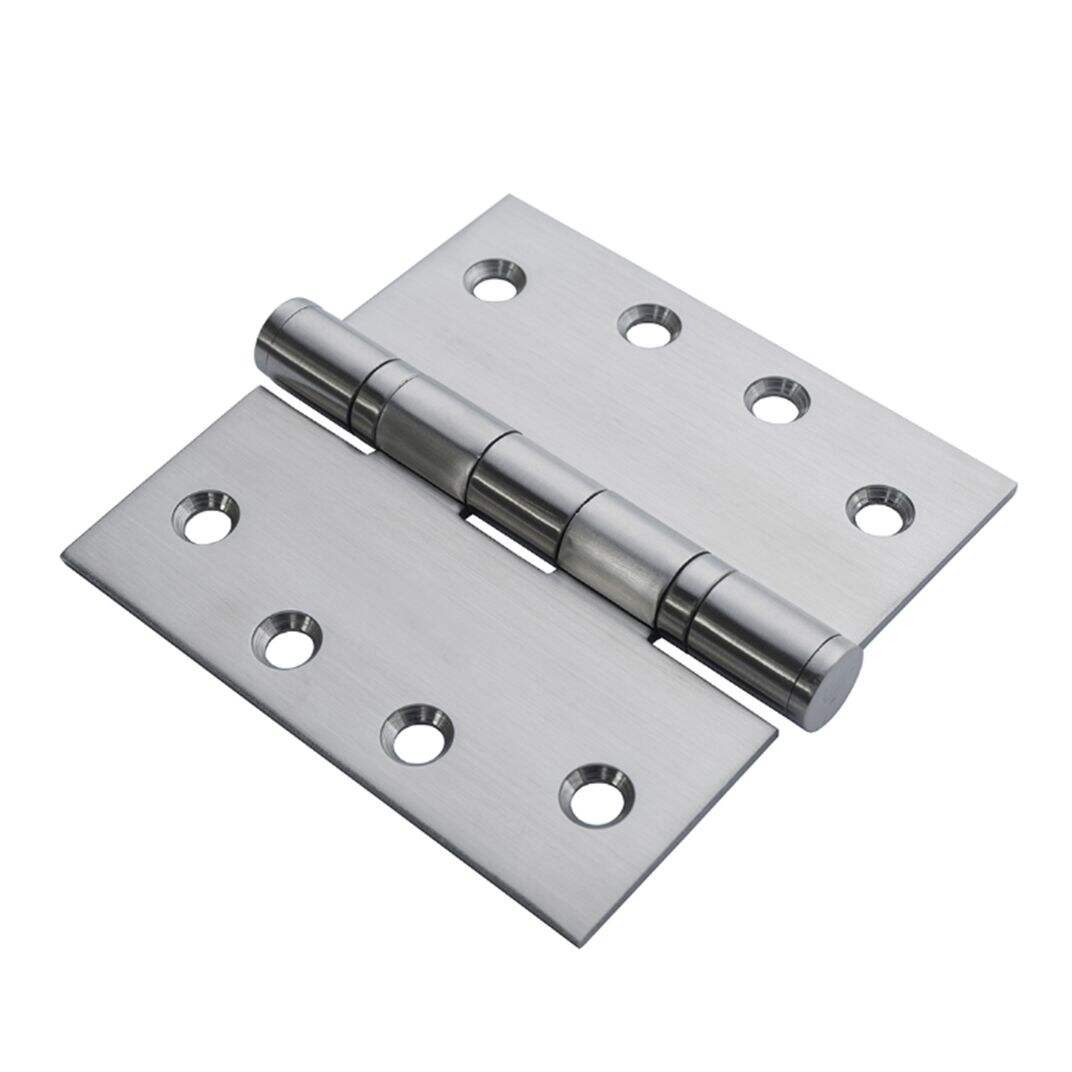The fire door is at the heart of protecting buildings from the dangers of fire. These specialist barriers are purpose-designed to hold a fire, prevent the spread of smoke and offer escape routes for those in the structure. There is a plethora of choices, from traditional wooden doors to more robust metal ones and in all honesty the variety could easily lead you astray - particularly if space will have different requirements. This brief guide throws light on details related to the fire-resistant doors, and why we should choose wood or metal one for different places along with factors that control us in taking this big decision.

The Important Elements in Choosing Wood VS Metal Doors
Wood vs Metal Fire Doors - Wood and metal fire doors differ primarily in their related levels of flame protection. Steel hollow metal door by Xunzhong are fire rated from 20 minutes to over 90, while hollow manufactured door units can be as low as about twenty-minute. Audio-video sounds situated Sixteen-inches or farther beneath the roof for wall systems. Wood doors, by contrast although fire-rated up to 90 minutes or longer in some instances are more typically rated for half an hour and as a result are commonly used in residential buildings. It is important to understand the particular fire safety demands of each area and this will influence which door material would be most suitable.
Choosing Fire Doors Safely without being Devalued in Colors
Aside from the safety precautions they serve for, it also does not hurt to have fire doors that are aesthetically pleasing. In a residential setting, wood doors in their warm and natural look can easily fit within the home interiors helping to maintain architectural integrity while providing security. In the former category, metal doors-the original stalwart of industrial utility-have progressed to feature design nuances such as powder coatings and wood grain textures that make them a fitting aesthetic in facilities designed with elegance in mind. Balancing the two needs to be at a good compromise - it's not easy while trying to safeguard us, but bridges between saftey and style should cohesively exist.
Looking into Residential and Commercial Budget-Friendly Alternatives
It is a fact that there are budget constraints for every construction or renovation project. The cost and construction of a wood door is lower than that of metal as long it will not be part of structural base in buildings, while on the other hand its performance compared to against fire measures are much inclusive. Yet, when lifespan and maintenance costs are taken into account, the commercial metal doors though they have a higher upfront cost than many other materials, require virtually no maintenance and can easily last decades - if not long after the building is gone but that does make replacement easy when it comes to being environmentally friendly as we discussed in our previous post.
Fireproof Fire Doors for Environmentally Friendly Products
Fire doors have also been personally affected by the paradigm shift toward sustainability when it comes to making construction decisions. Engineered wood doors can be a good choice, but they must also come from sustainable forestry sources and provide degradability. They also have less embodied energy than metal doors, which is a good thing because manufacturing steel uses lots of energy. Meanwhile, metal doors and frames recycling technology is best and allows a second one that can be recycled after its end of life cycle. For environmentally friendly doors you must balance the this along side performance and cost to arrive at products that are certifiable by a recognized program.
Assessing the Performance of Wood and Metal Fire Doors in Different Environments
Different several environmental factors like the humidity or exposure to major elements can affect about how fire doors operate as time passes. RATING: Ideal for difficult conditions like outdoor uses and moist indoor areas a result of capability to defeat bending as well as dampness destruction. While they swell and warp less than other doors in such conditions, wood doors perform better inside a climate controlled interior environment that has been properly sealed. This is all about how you expect the door will be used, and where it will live (and therefore what types of materials that might hold up well in those circumstances).
So, in the end, selecting a fire door of wood or metal may be an easy choice but is more likely to require consideration addressing some concerns: safety needs and decorative needs; initial cost versus total life-of-the-building costs. With these considerations in mind and by taking that extra time to delve into every detail, building owners and designers can provide fire doors for their structures armed with the safety they need whilst matching each space as distinctive has individual characters.
Table of Contents
- The Important Elements in Choosing Wood VS Metal Doors
- Choosing Fire Doors Safely without being Devalued in Colors
- Looking into Residential and Commercial Budget-Friendly Alternatives
- Fireproof Fire Doors for Environmentally Friendly Products
- Assessing the Performance of Wood and Metal Fire Doors in Different Environments
 EN
EN
 AR
AR
 BG
BG
 NL
NL
 FR
FR
 DE
DE
 EL
EL
 IT
IT
 KO
KO
 PL
PL
 PT
PT
 RO
RO
 RU
RU
 ES
ES
 TL
TL
 IW
IW
 ID
ID
 UK
UK
 VI
VI
 TH
TH
 FA
FA
 AF
AF
 MS
MS
 SW
SW
 BE
BE
 UR
UR
 BN
BN
 KM
KM
 LO
LO
 LA
LA
 MI
MI
 MN
MN
 MY
MY
 KK
KK
 MG
MG
 SU
SU
 TG
TG
 UZ
UZ
 KY
KY
 XH
XH










